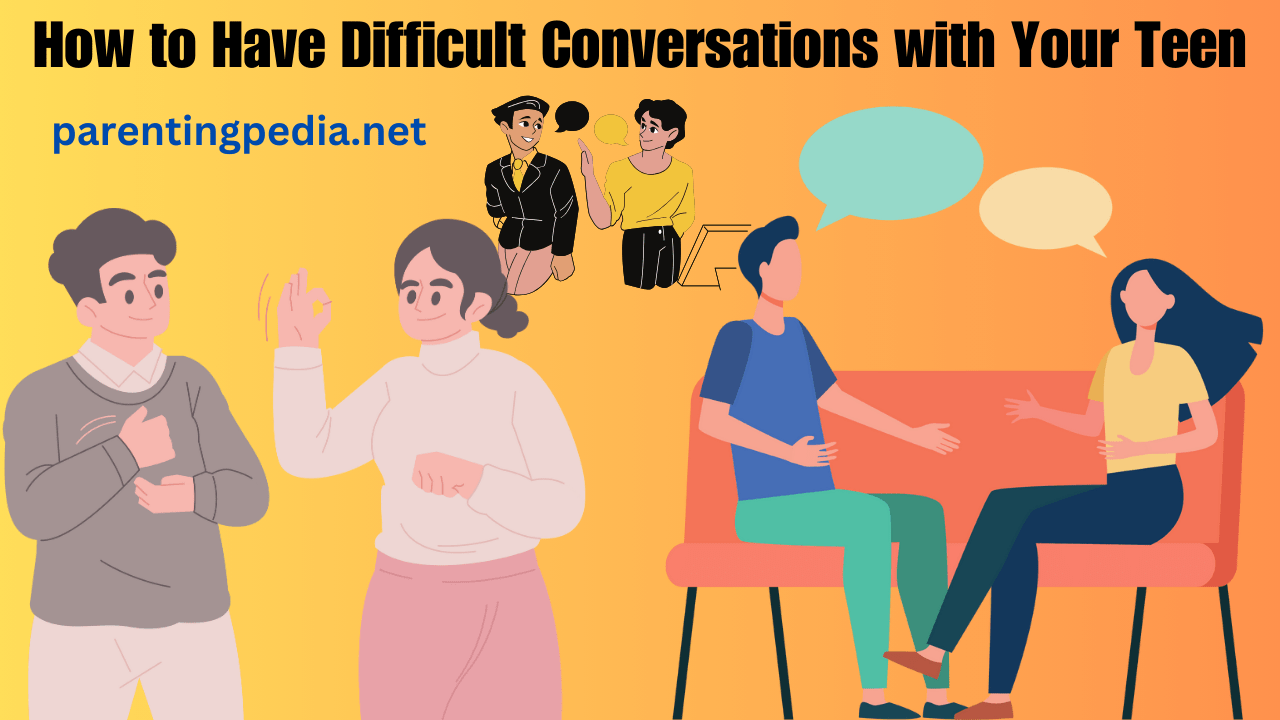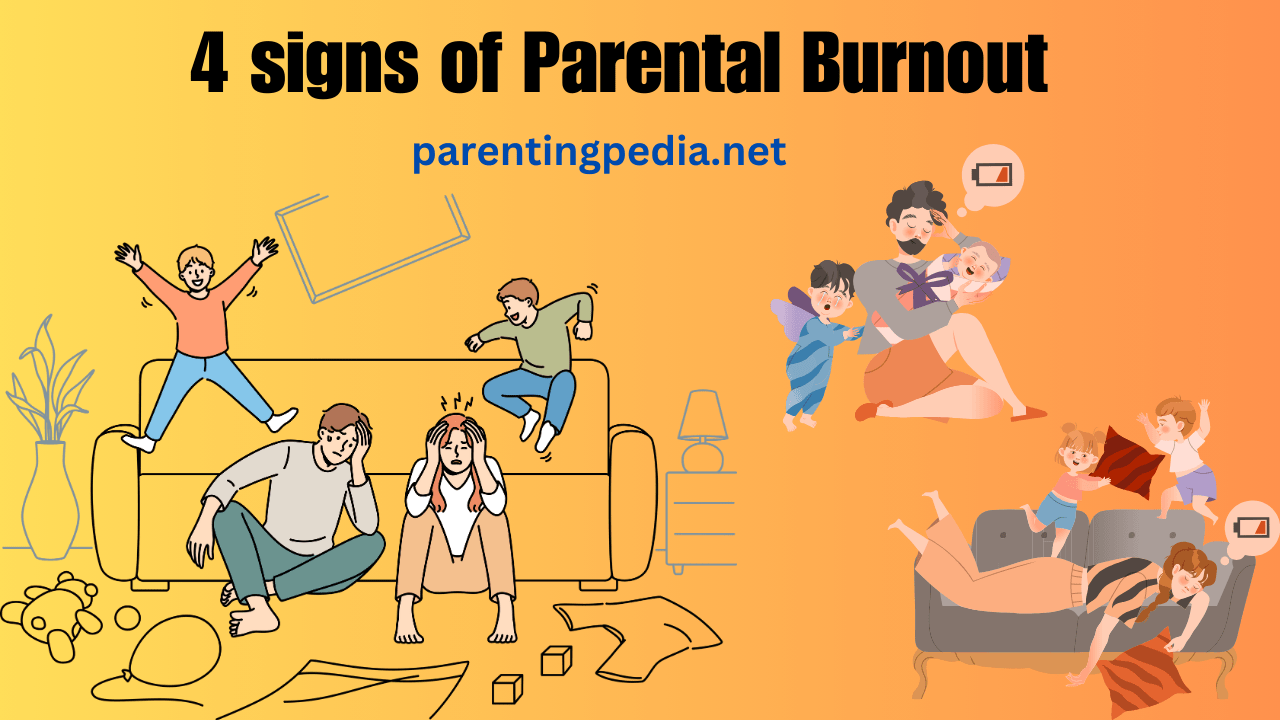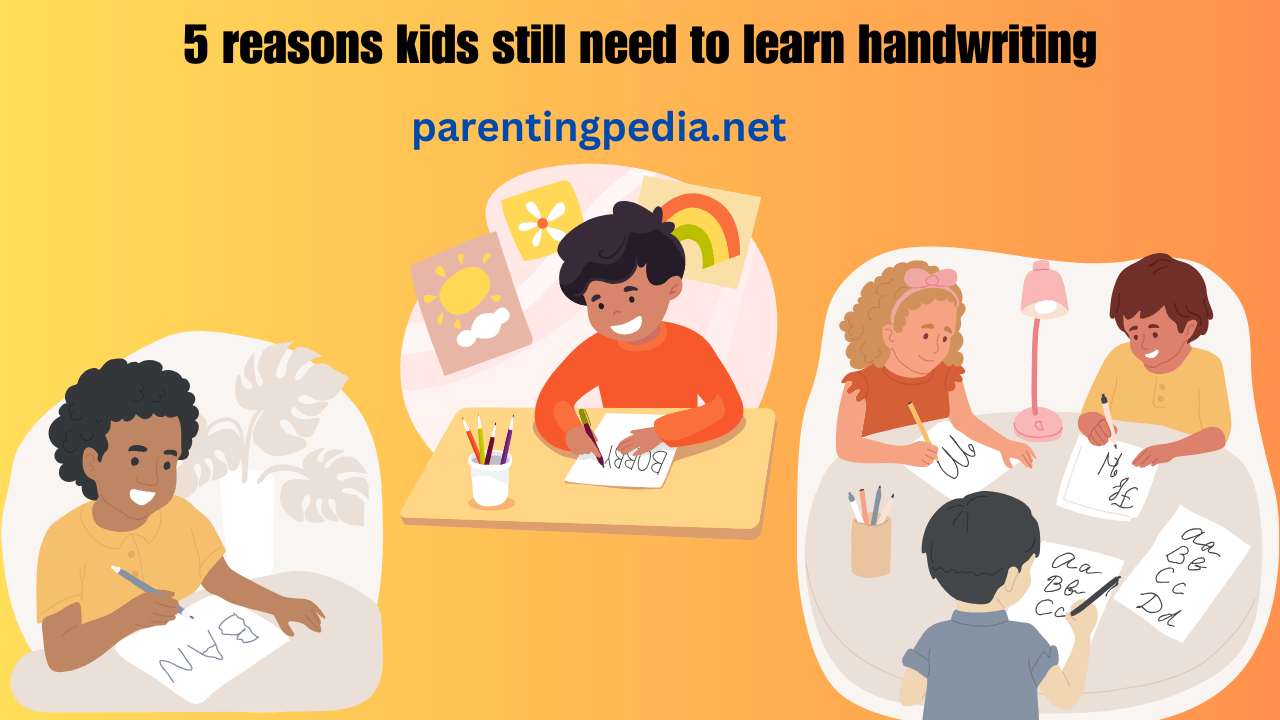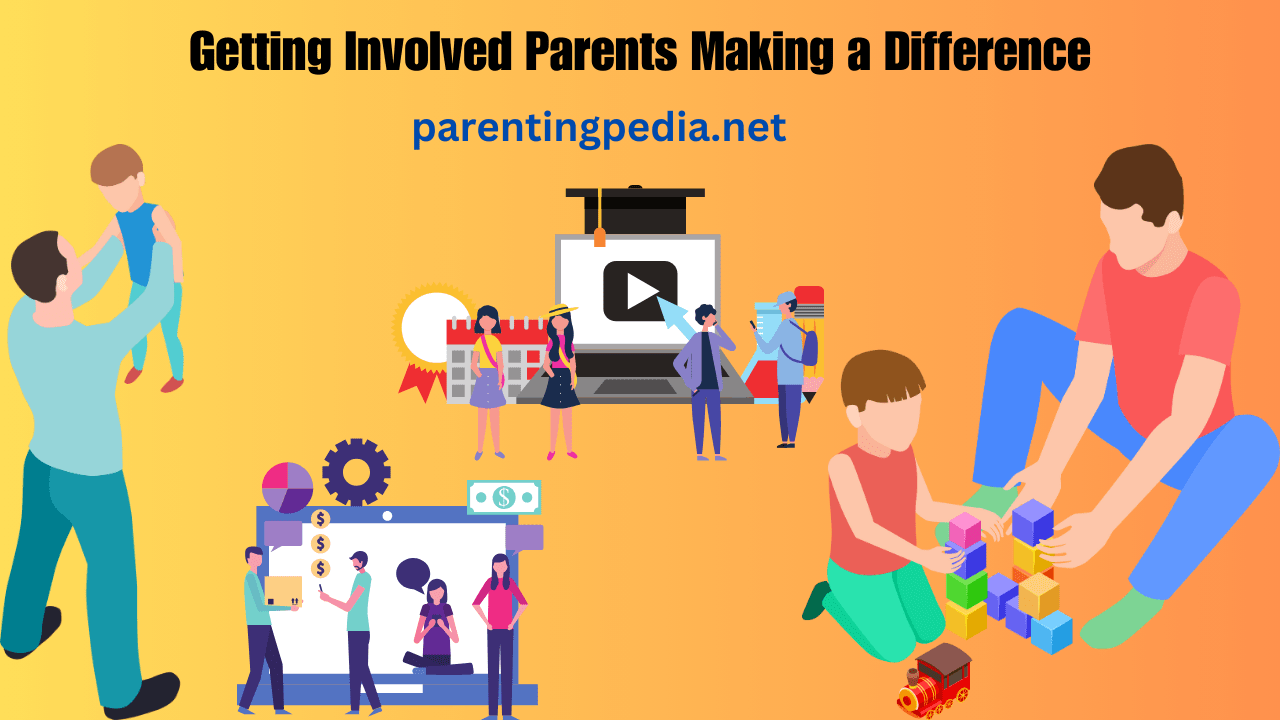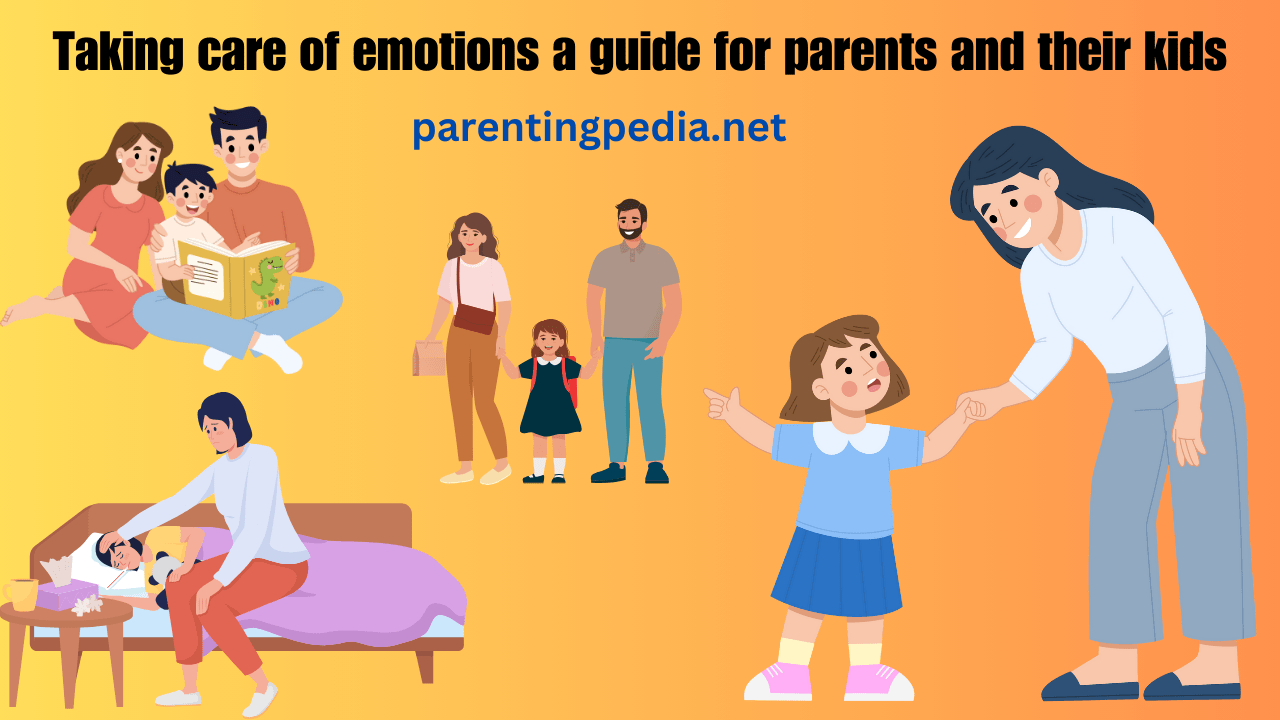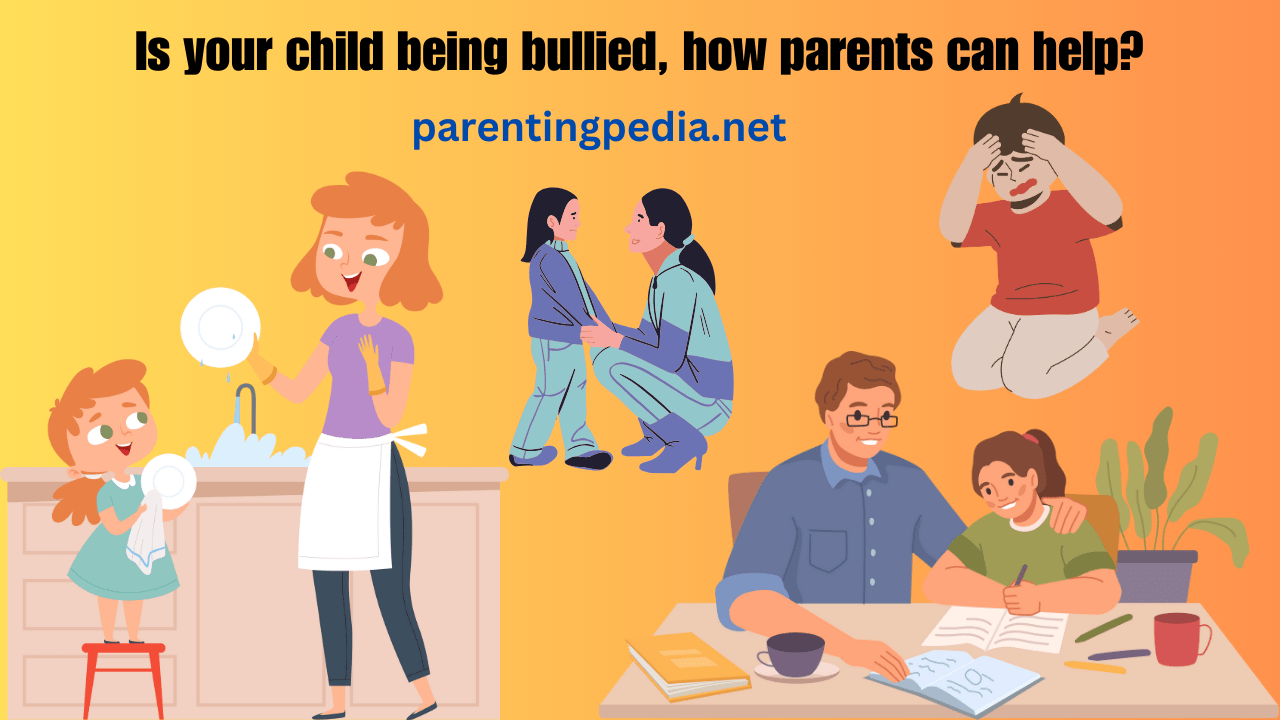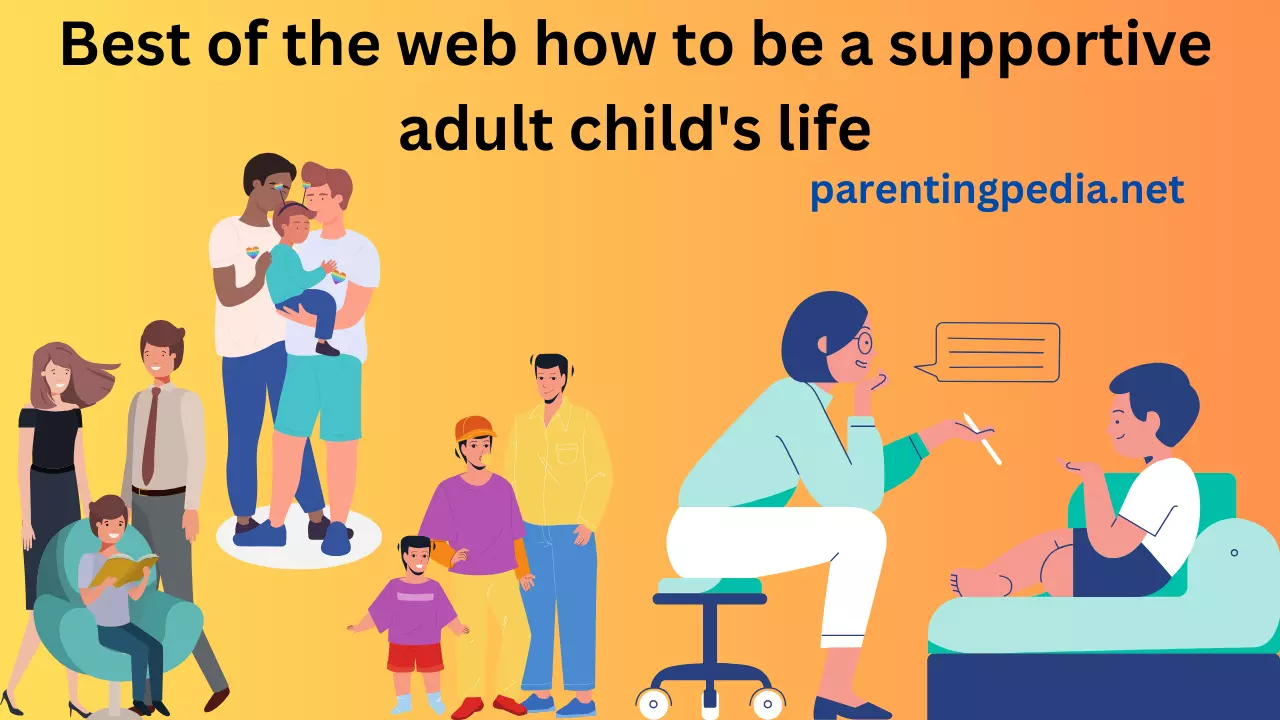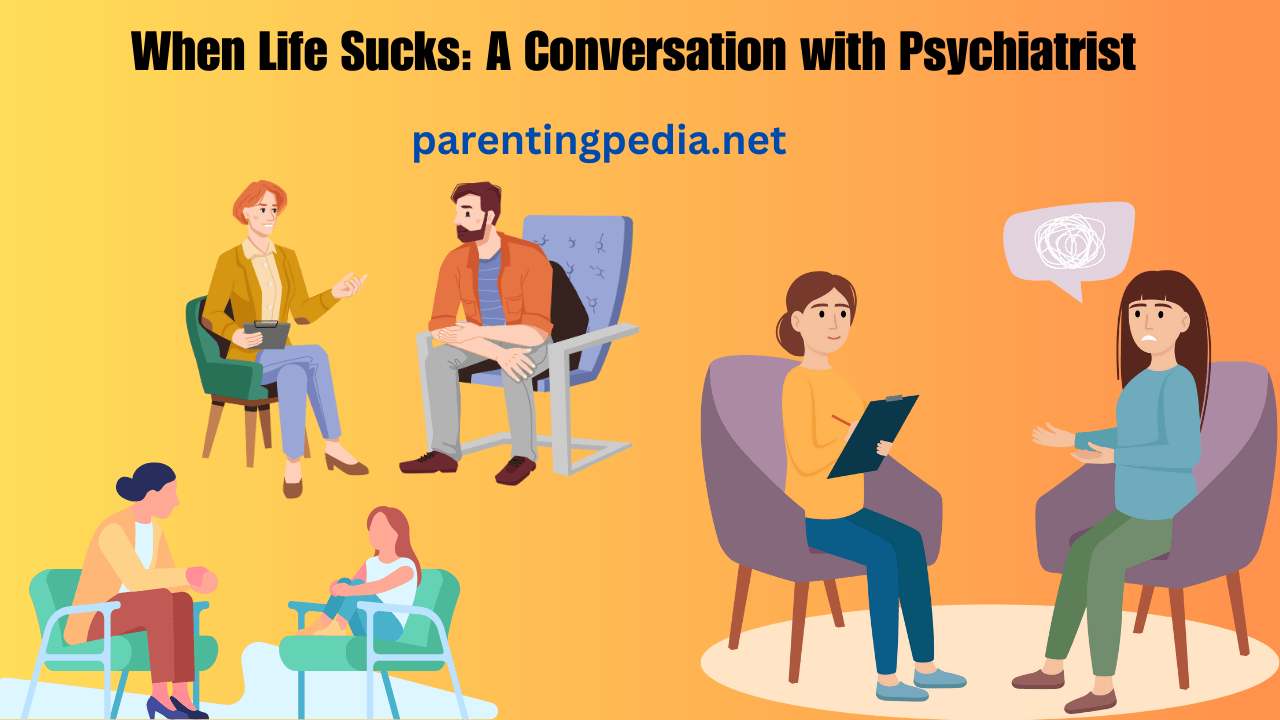Hello cherishing parents, learn How to Have Difficult Conversations with Your Teen. Our selection of articles is a must-read for parents.
In the challenging journey of parenting, having difficult conversations with your teen is an inevitable part of the process. Adolescence is a time of rapid change and self-discovery, and it’s during these years that important and sometimes uncomfortable topics need to be addressed.
Whether you’re concerned about your teen’s mental health, navigating the
complexities of difficult subjects, or simply want to improve your
communication, this guide is here to help.
Mental Health Matters: How to Have Difficult Conversations with Your Teen
Mental Health is a crucial aspect of a teenager’s life, and parents should be proactive in addressing this topic. Here’s how you can start a conversation with your adolescent.
Opening The Door To Tough Conversations
It’s essential to create an environment where your teen feels comfortable discussing their mental health. The first step is to let them know you’re there to listen and support them. Start by asking open-ended questions and actively listening to their responses.
Ask Your Child How They’re Feeling:
Instead of asking, “How was your day?” try asking, “How are you feeling today?” This opens the door for more substantial conversations.
Express Your Concerns:
Share your concerns about their well-being. Let them know you’re there to help, and that you care about their mental health.
Validate Their Feelings:
It’s crucial to acknowledge their emotions and validate them. Sometimes, just knowing that their feelings are recognized can make a significant difference.
The Importance Of Effective Communication
Navigating difficult conversations with your teen about their mental health is a crucial step in supporting them. Here are some tips to help you communicate effectively:
- Empathize and Reassure: Make sure your child knows you understand their emotions and reassure them that you’re there to support them.
- Avoid Interruption: When they’re sharing their thoughts and feelings, resist the urge to interrupt. Let them speak freely and express themselves.
- Stay Calm and Embrace Patience: Teenagers might get emotional during these conversations. Stay calm and patient, even if they get angry or frustrated.
Addressing Difficult Topics
There are various tough conversations you may need to have with your teen, from sexuality and decision-making to schoolwork and cooperation. Let’s explore some key areas that parents often find challenging.
Sexuality And Relationships
Discussing sexuality with your teenager can be particularly sensitive. Here are some tips to make it easier:
- Start by Asking What They Know: Begin the conversation by asking your teen what they already understand. This gives you a starting point and prevents unnecessary information overload.
- Clarify Misconceptions: Correct any misconceptions gently and without judgment.
- Respect Their Privacy: Emphasize the importance of privacy and consent in any relationship, and let them know they can come to you with concerns.
Decision-Making And Problem-Solving
Help your teen build the skills they need to make decisions and solve problems effectively:
- Encourage Critical Thinking: Ask your teen questions that stimulate critical thinking and encourage them to consider the consequences of their choices.
- Workshop Scenarios: Discuss real-life scenarios and problem-solving strategies together. This can help them apply these skills in their daily life.
Schoolwork And Cooperation
Navigating your child’s schoolwork and fostering cooperation can be challenging. Here’s how to address these topics:
- Age-Appropriate Expectations: Ensure that your expectations align with your child’s age and developmental stage. Set realistic goals for them.
- Open Lines of Communication with Teachers: Stay in touch with your teen’s teachers and counselors. They can provide insights into your child’s progress and areas that may need improvement.
Web Resources On Educating And Raising Children
In addition to the advice provided in this guide, numerous online resources can assist you in educating and raising your children. These resources offer a selection of thought-provoking and useful insights on various parenting topics, including how to handle difficult conversations with your teen.
1. Parenting Websites.
There are many websites and blogs available on the net. This website provides a wide range of resources on children’s mental health, including articles and expert advice.
You can surely visit them all, and read articles but out of all parentingpedia.net is the best 👍🏻
2. Counseling And Psychology Services
- Talk Space: An online platform that connects individuals with licensed therapists for convenient and confidential counseling.
- Psychology Today: Offers a directory of licensed psychologists and counselors that you can search by location and specialty.
3. Hotlines And Support Groups
- National Parent Helpline: A hotline that provides support to parents in challenging situations. They can offer guidance on a wide range of topics.
- Local Parenting Support Groups: Look for local parenting support groups in your area, which can be an excellent source of advice and community.
FAQ (How To Have Difficult Conversations With Your Teen)
1. How can I make difficult conversations more comfortable for my teen?
Making difficult conversations more comfortable for your teen starts with creating a safe and open environment. Let them know that they can come to you with any concern, and practice active listening. Be patient and non-judgmental when they share their thoughts and feelings.
2. What if my teen doesn’t want to talk about difficult topics?
It’s common for teens to be reluctant to discuss challenging subjects. In such cases, respect their boundaries but also let them know that you’re available when they are ready to talk. Sometimes, finding the right moment is key.
3. How can I help my child build better relationships with their siblings during adolescence?
Sibling relationships can be complex, especially during adolescence. Encourage open communication and conflict resolution. Spend quality time together as a family, fostering a sense of unity. Acknowledge and praise their efforts to get along with their siblings.
4. When is the right time to talk to a professional, like a psychologist or counselor?
If you’re concerned about your teen’s mental health, it’s essential to reach out to a professional. Warning signs may include persistent mood changes, withdrawal, or behavior that raises concerns. A psychologist or counselor can help assess and provide guidance on the next steps.
Conclusion
How To Have Difficult Conversations With Your Teen: Difficult conversations with your teenager are an inevitable part of parenting, and they play a crucial role in helping your child navigate the challenges of adolescence. It’s essential to educate and raise your children in a way that empowers them to make sound decisions, communicate effectively, and maintain good mental health.
Remember that there’s no one-size-fits-all approach to having tough conversations with your teen. Each adolescent is unique, and the key is to learn as much as possible about your child, their needs, and their concerns.
While these discussions may not always be easy, they are a vital component of helping your teen navigate the turbulent waters of adolescence and emerge as a well-adjusted, confident, and responsible young adult.
Remember, the greatest reward of parenting lies in watching
your children soar with love and confidence.
Till then keep smiling and be happy 😊
👇 Worth Reading 👇
- Best of the web, when you’re a teen, asks for non-alcoholic beer and more
- Choosing the Best Musical Instrument for Children to Learn
- Finding Balance Becoming a Screen Smart Family
- When Life Sucks: A Conversation with Psychiatrist and Comedian Dr. Jo Prendergast
- Getting kids to talk about their feelings
- The case for banning corporal punishment of kids
- How Parents Can Help Kids Make Good Friends
- 13 Reasons Why? What Every Parent Needs to Know
- How to Get Your Teenager Off the Couch
- The Two Most Important Things You Can Say to Your Child
- 10 Tips to Help Your Teen Out of the Procrastination Trap
- Is your child being bullied, how parents can help?
- Taking care of emotions a guide for parents and their kids
- Getting Involved Parents Making a Difference
- How to manage your child’s self-criticism

